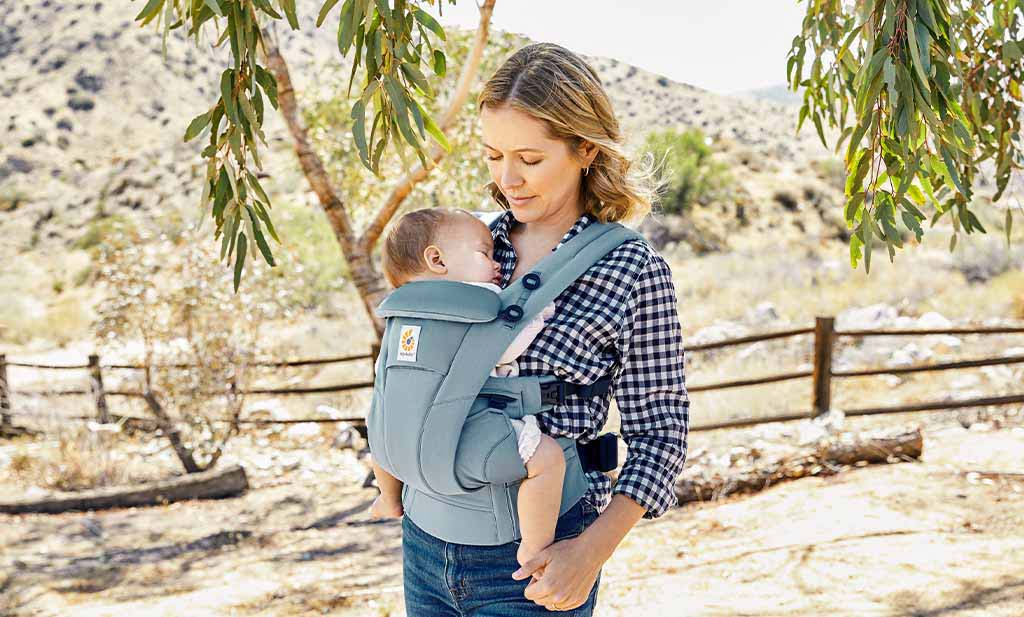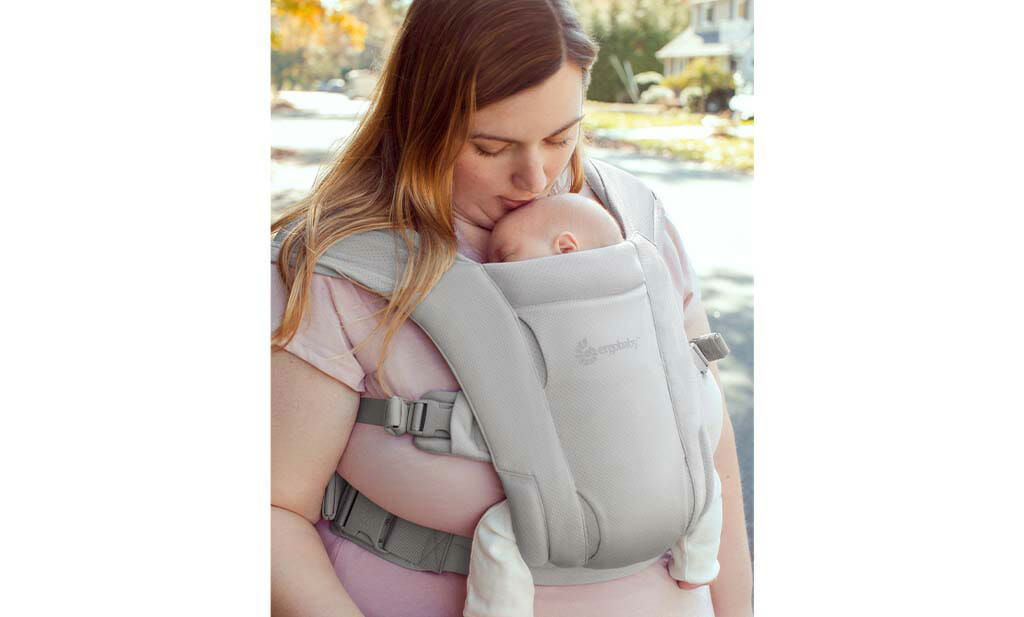
Do you know the feeling? You’re turning into the road to your house in the pram or car and poof, your child has fallen asleep. As we all know, this has been a nerve-racking experience for one parent or another. But what about napping on the go? Do these power naps ruin your little ones sleep routine? Or can you actually use them in a positive way?
Our guest author Gemma is a mum of two, living in the South East of England. Gemma specializes in sleep after a career in healthcare. As a certified baby and child sleep consultant, she has since been helping families all over the world to prepare for the arrival of their little ones. She has developed healthy sleep tips and can offer advice when things get tricky. Today, Gemma tells us all about napping on the go and also shares a little bit of her own secrets.
Gemma Coe, Baby and Child Sleep Expert, from Kent, UK:
“As I’m a sleep specialist, most people probably expect me to say that your children should only sleep at home, in a darkened room, preferably with white noise. But hey, I’m also a mum of two active children and I aspire to a life outside my own four walls. That’s why I’m one thing above all: a realist. And if we’re being honest, you have to be when you decide to have two kids under two!”
When a nap on the road makes sense
Naps can happen on the go for a variety of reasons. They bring closeness, comfort and security to small babies. In addition, naps in slings and baby carriers are almost unavoidable when you are carrying your baby. Naps on the go can also be a great solution if your night together has been more than a little exhausting, your energy levels are low and a walk in the fresh air is good for everyone.
For example, Charlie, my second born, spent a lot of time in his Ergobaby Omni 360 baby carrier from the start. This was a huge relief for both of us as it wasn’t easy to deal with his reflux. It gave him the opportunity to sleep as needed, knowing that I was always there. His reflux also bothered him less when he slept in an upright position. I was especially happy to have my hands free when I had my toddler in tow.
With little ones, naps on the go are often spontaneous – especially for newborns who might only be awake for 30 to 45 minutes every now and then. With the help of your baby carrier, you can also offer your child another place to sleep at home. And in the meantime, you can tick other items off your to-do list.

Can naps on the road be a problem?
Basically no – unless it’s a problem for you. Don’t let anyone tell you otherwise. Our parenting experiences are always different. One child might take all their naps on the go, while another is so overstimulated by the outside world that they stay overtired and would benefit from sleeping in a quiet, dark room. As someone who spends my life working with parents who teeter on the edge of desperation, I come across many different survival strategies. That is why I can only advise you: Do what works best for you and your family.
In fact, I regularly encourage parents to let their children sleep on the go. In the few months of a baby’s life, the unpredictability of feeding, playing and sleeping routines can be overwhelming. And many parents then say they feel “trapped” when they spend extended periods of time in the house. In addition, mothers with baby blues or postpartum depression also benefit from some fresh air and exercise, which act like natural medicine for our souls.
There is one exception though: some children, go through a transition period as they get older. During this time, things that used to come naturally (like napping in the pram) suddenly don’t work anymore. As your baby gets older and more alert, they enjoy the stimuli of life and may worry about missing out on something. During a walk, there may be a lot of stimulation, so it may take longer for them to fall asleep. You may notice that it only lingers in the lighter stages of sleep, perhaps waking up grumpy or not appearing fully rested. One sign of this is that they wakes up immediately when the pram stops.
For more great sleep information and advice follow Gemma’s blog on Facebook and Instagram.



